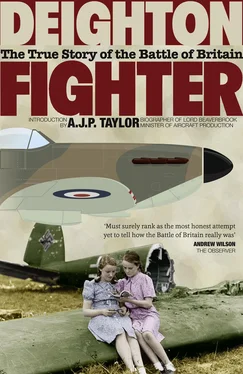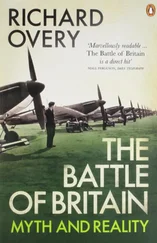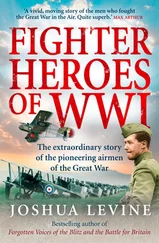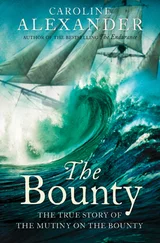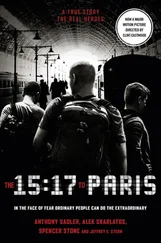The Battle of Britain had a more profound result. It put Great Britain back in the war. After the fall of France it seemed that Great Britain could make no stroke against Germany except such marginal acts as the attack on the French fleet at Oran. Hitler himself, to adopt MacArthur’s phrase, was content when he left Great Britain ‘to wither on the vine’. Suddenly the British showed that they were still in the war and still fighting. The Battle of Britain, though a defensive battle, was at any rate a battle. Thanks to it, Great Britain was still taken seriously as a combatant Great Power, particularly in the United States. As an uncovenanted blessing, Italy gave the British further opportunities for victory in the winter of 1940. These victories may have been irrelevant to the defeat of Germany but they showed that the British were in action all the same.
It would be agreeable to record that the victors were duly honoured as Nelson had been posthumously after the Battle of Trafalgar. Some of them were. Churchill honoured the fighter pilots with the immortal phrase, ‘Never in the field of human conflict was so much owed by so many to so few.’ One man was passed over. The Air Marshals were angry that their dogmatic faith in independent bombing had been disproved. The advocates of the ‘big wing’ received official approval after the Battle was over, as Len Deighton describes. On 25 November Dowding was relieved of his command and passed into oblivion. Yet ‘he was the only man who ever won a major fighter battle or ever will win one.’
Such were the strategical ideas and lack of them that lay behind the Battle of Britain. There were more practical considerations. In the last resort battles are decided by the men and machines that take part in them. I am afraid that many of us who write about war neglect this side of it and write in great sweeping terms. Len Deighton does not. After all, if the aeroplane had not been invented, the Battle of Britain could not have been fought, and quality of aircraft is the central feature of Len Deighton’s book. His brilliant analysis makes clear the technical problems of aircraft design in the interwar years. The Germans talked big and almost gave the impression that with such ingenuity and drive they ought to have won. I suspect that Erhard Milch is by way of being Len Deighton’s hero.
Yet, however ingenious the Germans were in design, and however forceful in production, they lost the Battle of Britain, or to be more precise did not win it, which comes to the same thing. Dowding’s superior strategy counted for much but each individual combat in the skies counted also. Here, too, Len Deighton provides a detailed account, fuller than any previously written, of how the British and Polish pilots prevailed. Indeed, in one way or another, he explains everything that happened in those days, now distant, of August and September 1940.
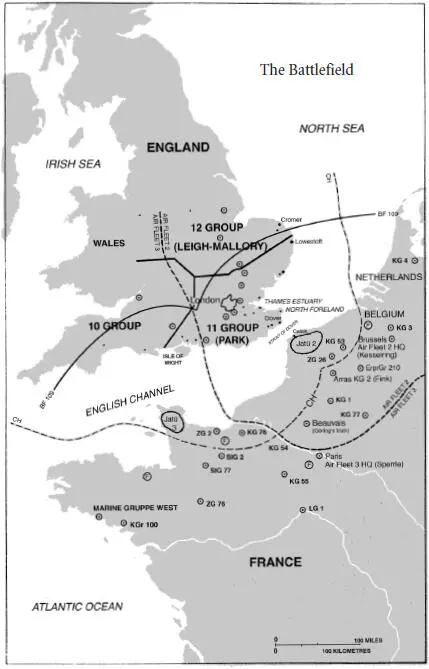
FIGURE 1
. The Battlefield
The two German Air Fleets had a boundary line (black broken line) that extended over England. The German single-seat fighters (Bf 109s) were concentrated at Cherbourg and the Pas de Calais under the command of Jagdfliegerführer – Jafü – of Air Fleets 2 and 3 respectively. The black line (marked BF 109) shows the extreme range of the Messerschmitts, but combat would make this much shorter, as the pilots used full throttle and more fuel.
The most important bomber units – Kampfgeschwader 1 (KG 1), etc. – are shown as at the airfield of Geschwader staff. Kampfgruppe 100 (KGr 100), shown as the most westerly Luftwaffe unit, was the German pathfinder force.
From Marine Gruppe West four-engined Focke-Wulf FW 200s were sent out into the Atlantic – sometimes flying all the way round to Stavanger, Norway – and provided the weather reports that the Air Fleets needed to plan their attacks.
The vitally important RAF sector airfields, where the Operations Rooms were situated, are ringed; other fighter airfields are shown as dots. Bawdsey was the home of British radar development. The extent of the normal 10-metre Chain Home radar coverage, for aircraft up to 15,000 feet, is shown as a broken line (marked CH). It includes inland areas where the German aircraft formed up, but at this range it was little more than what the operators called ‘mush’.
Göring’s private train went back to Germany, and then to the Pas de Calais. It is shown at Beauvais, its original site, which was also the HQ of Fliegerkorps I . Other Fliegerkorps HQ are shown as F. These, like the Air Fleet HQs, had advanced HQs nearer the coast.
Lowestoft marks the place where Peter Townsend went after the Dornier Do 17, and Cromer is where Douglas Bader also found a Dornier. (See text for 11 July, beginning on p. 144.)
PART ONE PART ONE Strategy PART TWO Air Chief Marshal Sir Hugh Dowding, Commander in Chief Fighter Command PART THREE Weapons: The Metal Monoplane and Radar PART FOUR Tactics PART FIVE The Results Acknowledgements Selected Bibliography Index About the Author Also By Len Deighton Copyright About the Publisher
Конец ознакомительного фрагмента.
Текст предоставлен ООО «ЛитРес».
Прочитайте эту книгу целиком, купив полную легальную версию на ЛитРес.
Безопасно оплатить книгу можно банковской картой Visa, MasterCard, Maestro, со счета мобильного телефона, с платежного терминала, в салоне МТС или Связной, через PayPal, WebMoney, Яндекс.Деньги, QIWI Кошелек, бонусными картами или другим удобным Вам способом.
